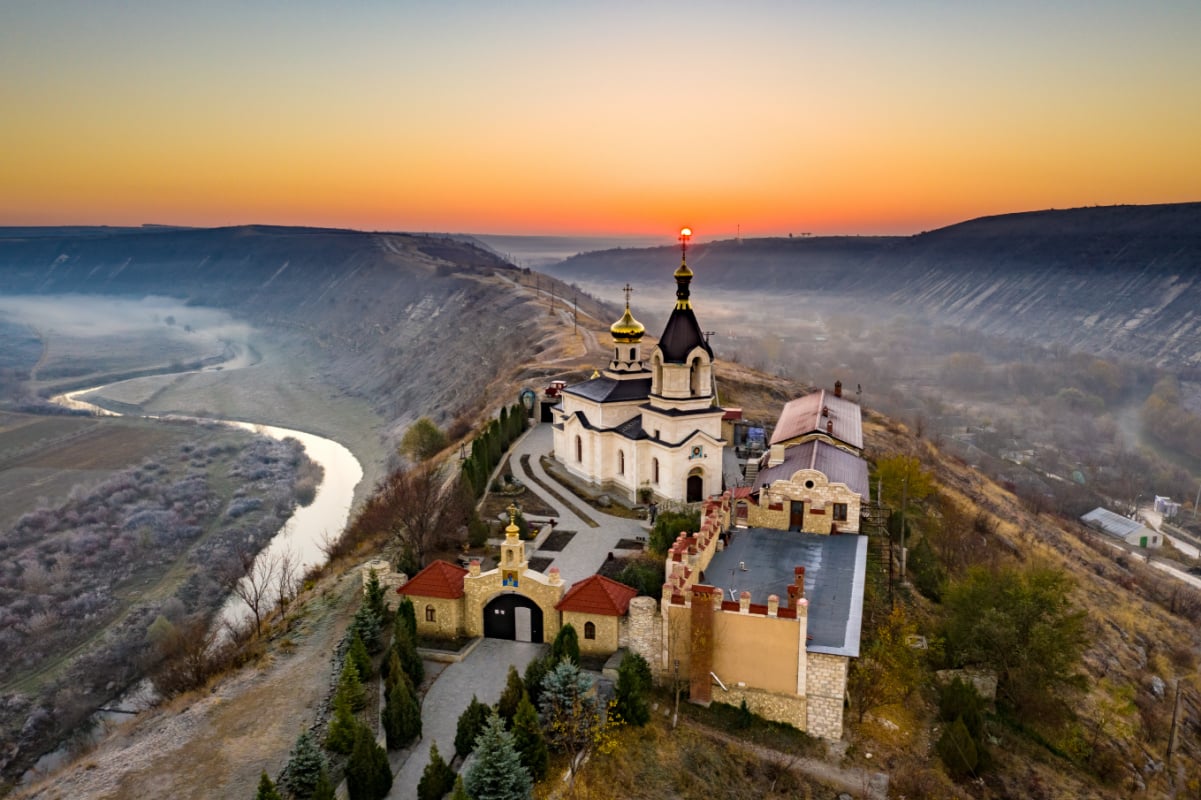
The Tour of Britain stands as one of the most prestigious cycling events globally, drawing elite cyclists from around the world. With roots dating back to 1945, this multi-stage race showcases the United Kingdom's diverse and challenging terrain. Revived in 2004, the modern Tour of Britain has grown in popularity, attracting over a million spectators annually. Featuring a mix of top-tier UCI WorldTeams, UCI ProTeams, and British-registered UCI Continental Teams, the race offers a platform for young talent and seasoned pros alike. From its varied stage lengths to its significant impact on local communities, the Tour of Britain remains a highlight on the international cycling calendar.
Key Takeaways:
- The Tour of Britain is a historic cycling event that has evolved over the years, attracting top cyclists and international talent, while also showcasing diverse regions across Great Britain.
- With a rich cycling heritage and significant impact on local communities, the Tour of Britain continues to grow in popularity, offering innovative stages and high competition levels for both riders and spectators.
The Tour of Britain: A Storied Past
The Tour of Britain is a celebrated cycling event with a rich history. Let's dive into some fascinating facts about this iconic race.
-
History and Revival
The Tour of Britain began in 1945 as a five-day race from Brighton to Glasgow. After a break, it was revived in 2004, starting with five stages from September 1 to 5. -
Modern Format
Today, the race typically features eight stages, showcasing different aspects of British cycling. The number of stages increased from five in 2004 to eight in 2008.
Sponsorship and Popularity
Sponsorship and spectators play a crucial role in the Tour of Britain's success. Here's how they contribute to the event.
-
Sponsorship and Commercialization
Initially known as the Milk Race due to sponsorship by the Milk Marketing Board from 1958 to 1987, the event has seen various sponsors, including Kellogg’s from 1987 to 1993. -
Popularity and Spectators
The Tour of Britain attracts over a million spectators annually, making it one of the largest free-to-spectate sporting events. Some editions have seen over 1.5 million roadside spectators.
Competitors and Winners
The race draws top cyclists from around the world. Let's look at the competitors and notable winners.
-
Competitor Profile
The event features a mix of UCI WorldTeams, UCI ProTeams, and British-registered UCI Continental Teams. The Great Britain national squad often includes riders from British Cycling's Senior Academy program. -
Winners and Notable Winners
Mauricio Ardila of Colombia won the first modern Tour of Britain in 2004. Notable winners include Edvald Boasson Hagen, who won twice in 2009 and 2015, and Bradley Wiggins, the first Brit to win outright in 2013.
Stage Variety and British Success
The Tour of Britain offers diverse stages and has seen varying success for British riders.
-
Stage Length and Variety
Stages vary dramatically in length. The shortest was a 2.5-kilometer prologue time trial in 2007, while the longest was 227 kilometers in 2015. -
British Success
British riders have had limited success in recent years. Notable victories include Bill Bradley in 1959 and Bill Nickson in 1976, with occasional successes being the norm.
International Participation and Course Route
The race attracts international talent and covers diverse regions across Great Britain.
-
International Participation
While Great Britain is the only national team, the event attracts riders from all over the world, including teams like Team Sky, Movistar Team, and Team Dimension Data. -
Course Route
The Tour of Britain covers regions across England, Scotland, and Wales. Notable stages include the Greater Manchester finale in 2019 and the Cornish Grand Départ in 2020 (canceled due to COVID-19).
Organization and Classification
The event's organization and classification reflect its high level of competition.
-
Event Organization
SweetSpot Group has organized the Tour of Britain since its revival in 2004, working closely with British Cycling and other stakeholders. -
UCI Classification
Classified as a UCI ProSeries event, the Tour of Britain is part of the second tier of men's elite road cycling events, highlighting its international appeal.
Innovative Stages and Spectator Experience
Innovation and spectator experience are key aspects of the Tour of Britain.
-
Innovative Stages
The 2018 edition featured the first-ever team time trial stage, starting in Cockermouth and finishing at Whinlatter, showcasing the event's willingness to innovate. -
Spectator Experience
The race offers an excellent spectator experience, with stages passing through urban areas and picturesque countryside, drawing large crowds to cheer on the riders.
Media Coverage and Cycling Heritage
Media coverage and the UK's cycling heritage contribute to the event's prestige.
-
Media Coverage
The Tour of Britain receives significant media coverage, with highlights shown on major networks like the BBC, promoting the event and attracting new fans. -
Cycling Heritage
Despite starting later than the Tour de France, the Tour of Britain has become an iconic event in British cycling history, carving out its own niche.
Stage Winners and Doping Scandals
The race has seen dominant stage winners and faced challenges with doping scandals.
-
Stage Winners
Mark Cavendish is the most successful stage winner in modern history, with ten stage wins. He is one of five riders to have won three or more stages in a single year. -
Doping Scandals
The Tour of Britain has faced doping scandals, such as Jonathan Tiernan-Locke's retrospective disqualification in 2012, highlighting ongoing challenges in maintaining integrity.
Impact on Local Communities and Future Prospects
The Tour of Britain significantly impacts local communities and continues to grow in popularity.
-
Impact on Local Communities
The race brings economic benefits and boosts local morale, with many stages passing through small towns and villages, making it a cherished event for residents. -
Future Prospects
The Tour of Britain continues to grow in popularity and prestige, with innovative stages and high competition levels ensuring it remains a highlight of the international cycling calendar.
The Tour of Britain: A Cycling Spectacle
The Tour of Britain stands as a testament to the rich cycling heritage of the UK. From its origins in 1945 to its modern revival in 2004, this race has evolved into a premier event on the international cycling calendar. With diverse stages, innovative routes, and a mix of top-tier teams, it offers a thrilling challenge for riders and a captivating spectacle for spectators. The race's impact extends beyond the sport, bringing economic benefits and a sense of pride to local communities. As it continues to grow in popularity and prestige, the Tour of Britain remains a highlight for cycling enthusiasts worldwide. Whether you're a seasoned fan or new to the sport, this event showcases the best of British cycling and promises excitement year after year.
Frequently Asked Questions
Was this page helpful?
Our commitment to delivering trustworthy and engaging content is at the heart of what we do. Each fact on our site is contributed by real users like you, bringing a wealth of diverse insights and information. To ensure the highest standards of accuracy and reliability, our dedicated editors meticulously review each submission. This process guarantees that the facts we share are not only fascinating but also credible. Trust in our commitment to quality and authenticity as you explore and learn with us.


